Forgotten children of the revolution: Haunting images of Romania's abandoned orphanages
In 1989, dictator Nicolae Ceausescu's regime fell and the appalling state of Romania's orphanages were exposed to the world.
After Romania's Communist leader Nicolae Ceausescu was overthrown in 1989, the world was exposed to the harrowing conditions in which many children lived in the country's orphanages. Under a 25-year regime of brutal repression, more than 100,000 children had been abandoned to squalid and overcrowded institutions. The world watched in horror as footage emerged of naked children with shaved heads chained to cribs, or splashing in urine on cold, concrete floors.
Romania's large number of orphans were the consequence of several factors. After the Second World War, the country's birth-rate had declined. And so taking inspiration from Stalinist theory that a large population would fuel economic growth, Ceausescu implemented several "pro-natalist" policies. Abortions were outlawed, childless couples were taxed and women and girls were checked for signs of pregnancy and miscarriage by the Securitate, the secret police.
These policies, coupled with widespread poverty, meant parents had more children than they could afford. Tens of thousands of children were left in orphanages, including many with disabilities. One of the most notorious institutions was the Camin Spital orphanage, in the remote Transylvanian town of Sighetu Marmatiei, on the Ukrainian border. Before it closed in 2003, it was home to more than 100 children with disabilities.
Its decaying dormitories and hallways are now eerily empty, a reminder of the children who suffered under Ceausescu's regime. Although the situation has improved, there are still nearly 9,000 children living in large orphanages in Romania, more than half of whom have disabilities.

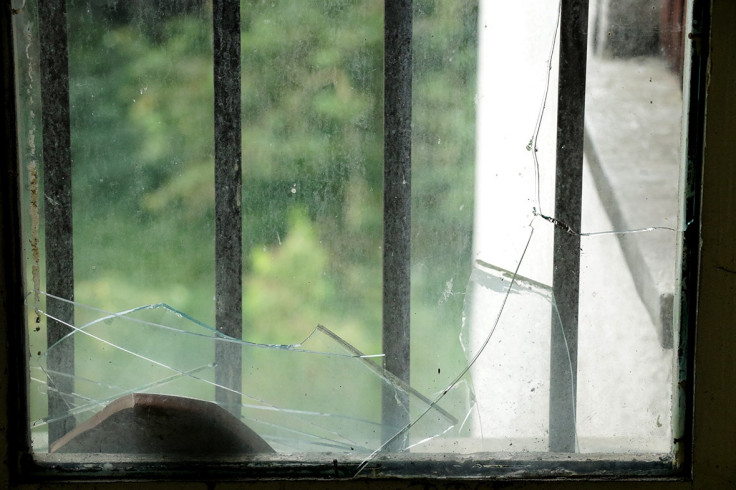
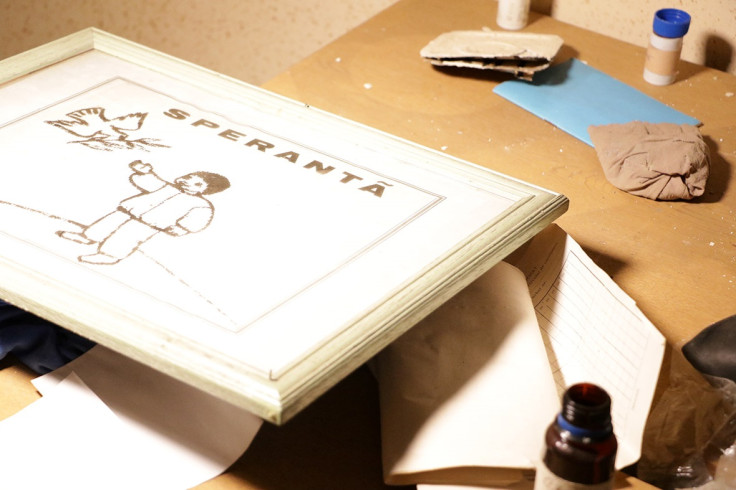


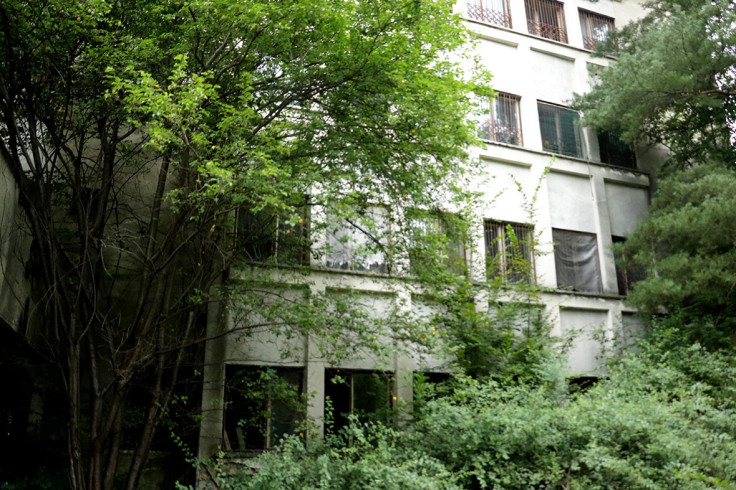
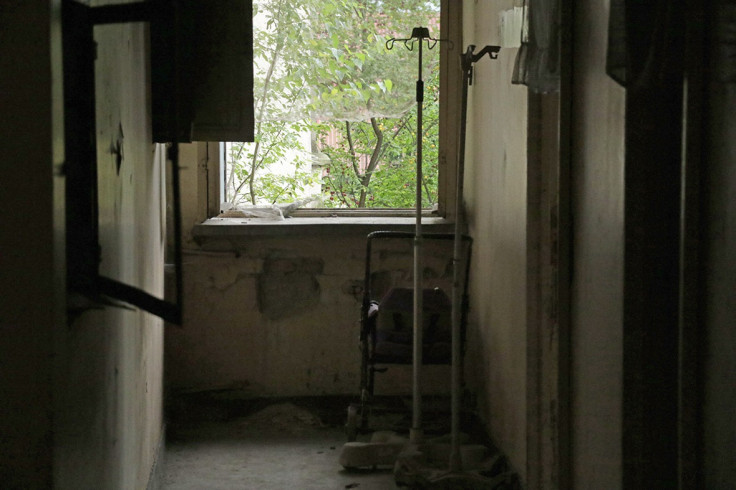
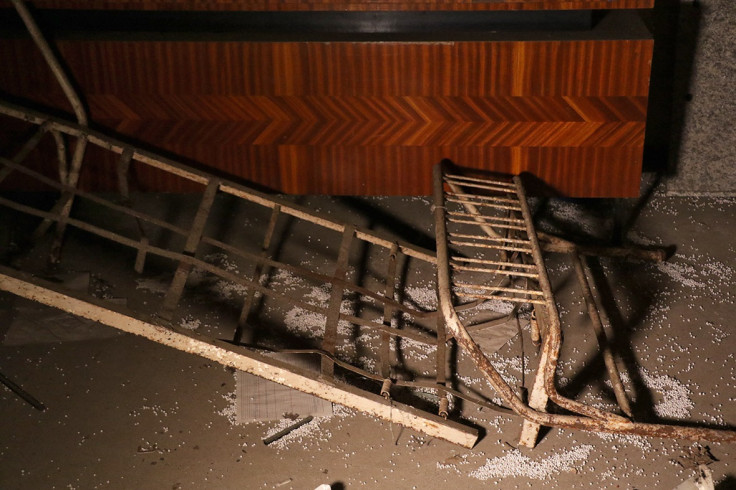
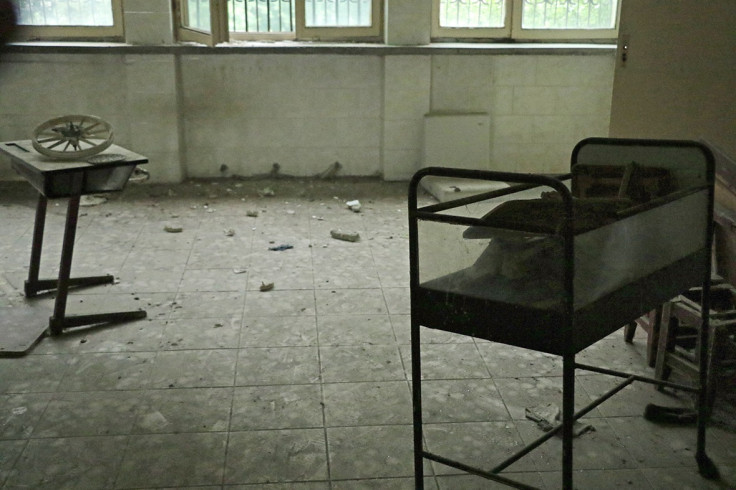
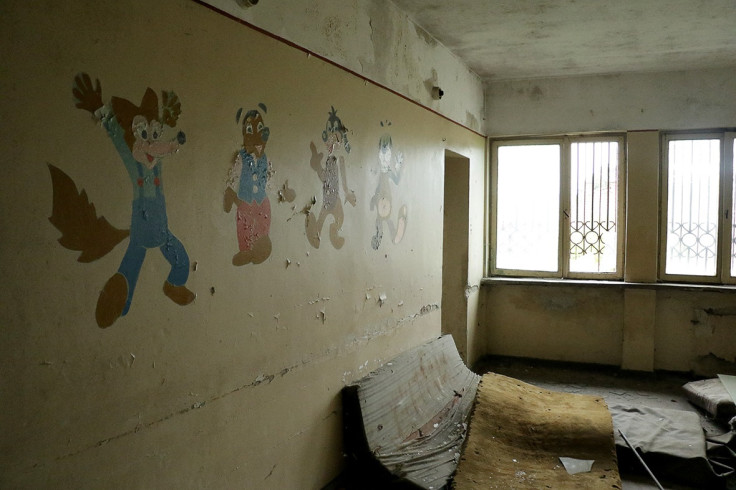
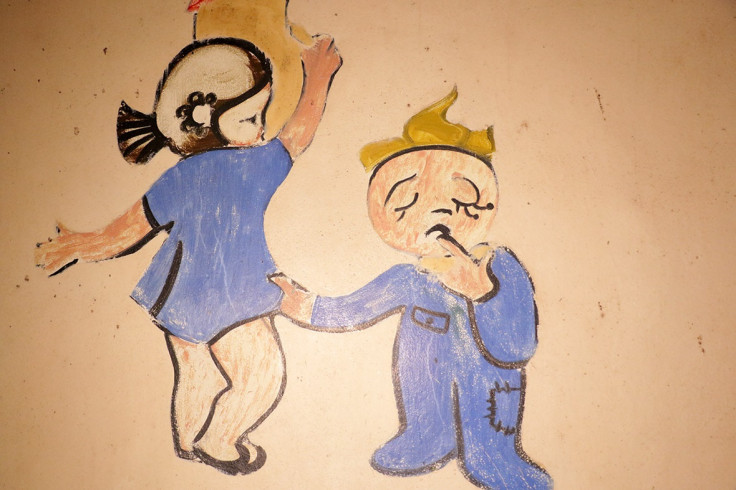
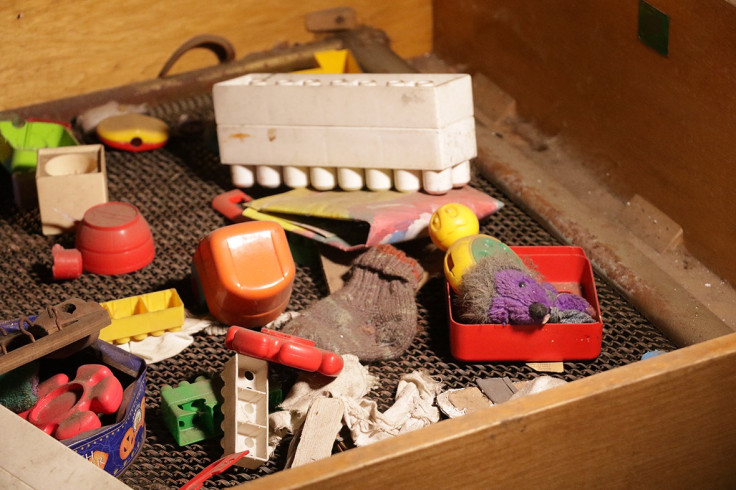
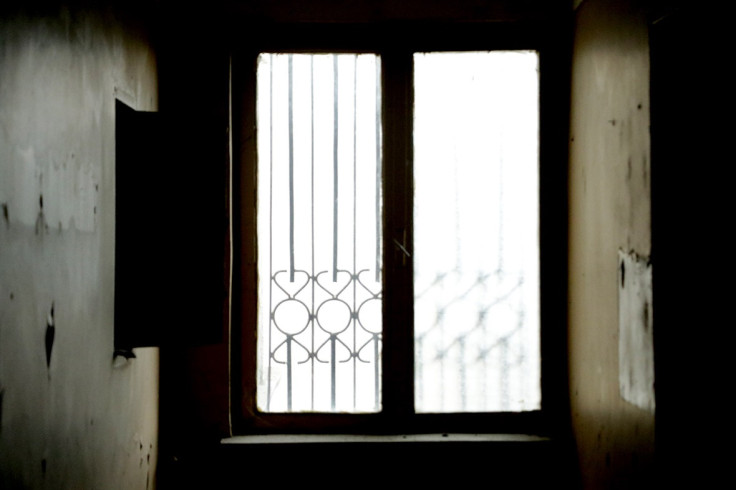
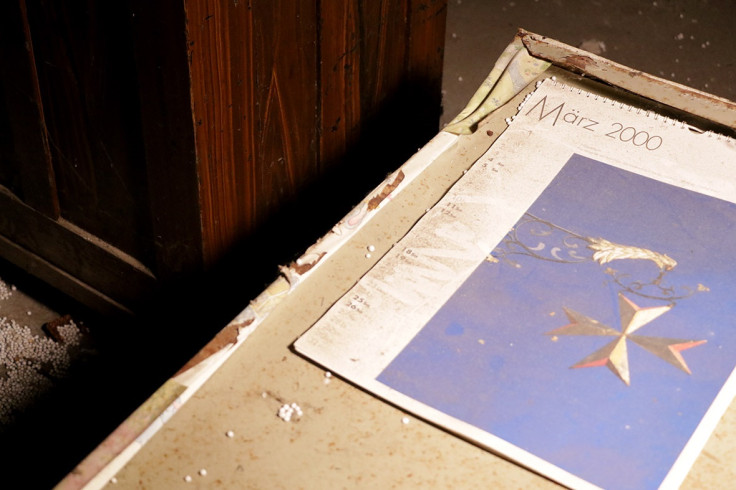
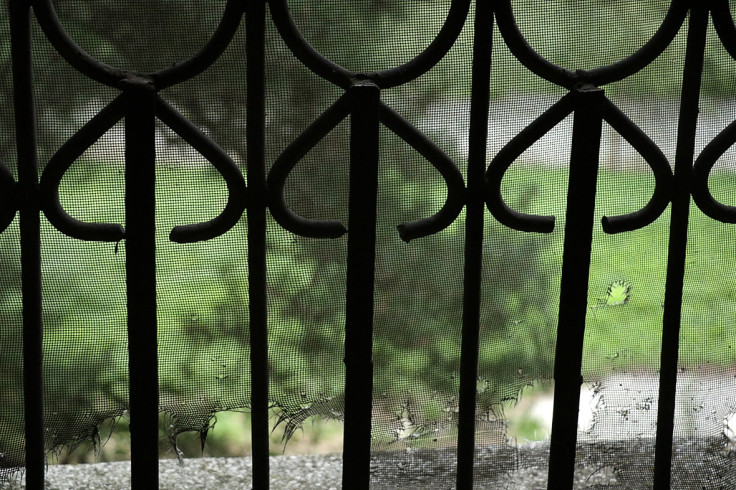
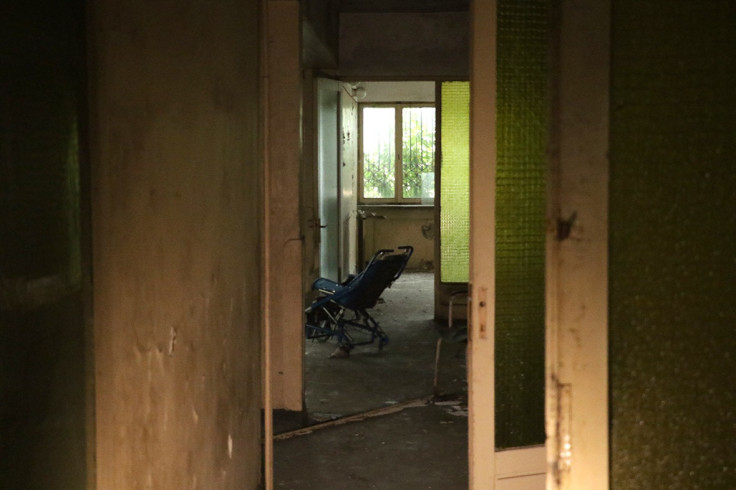
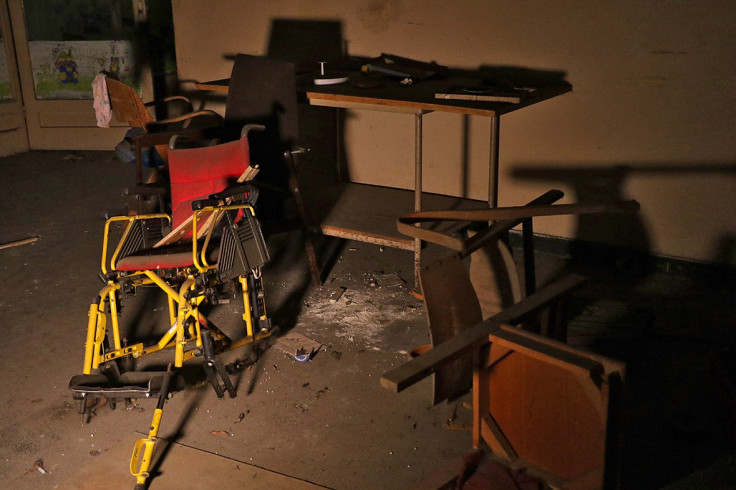
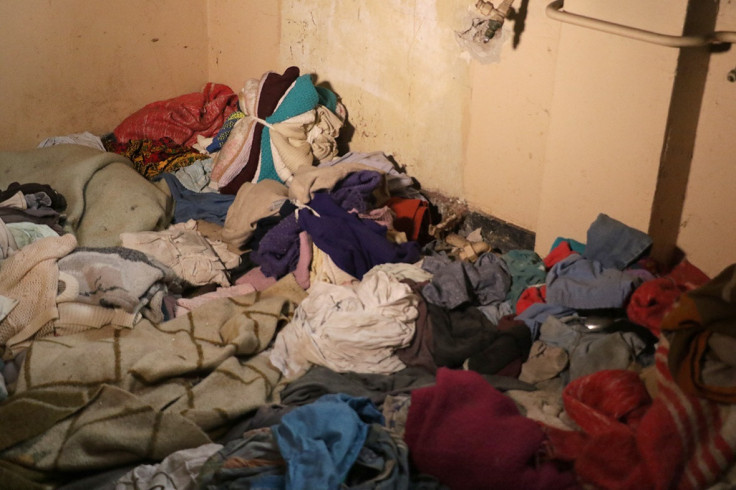
© Copyright IBTimes 2025. All rights reserved.






















